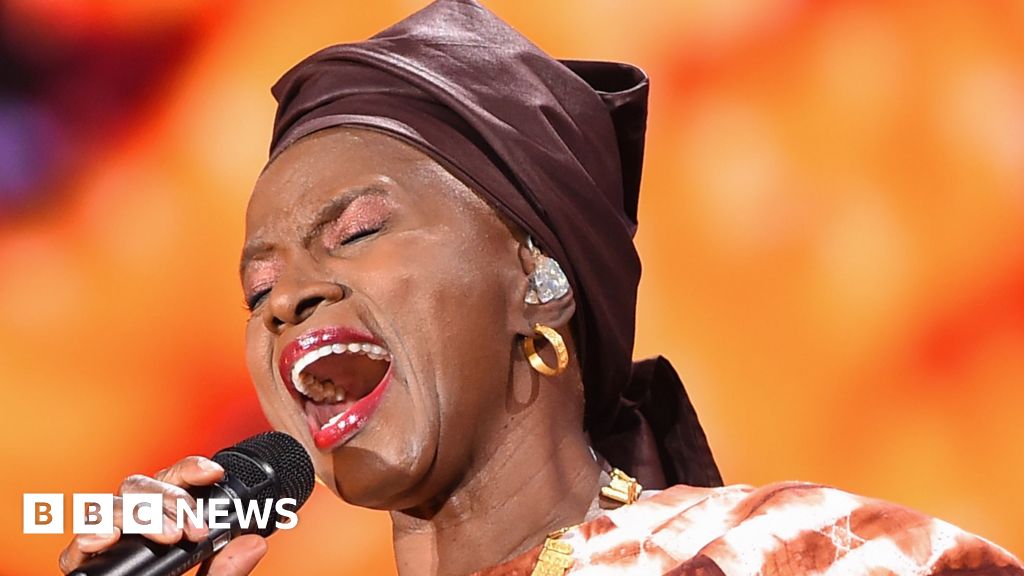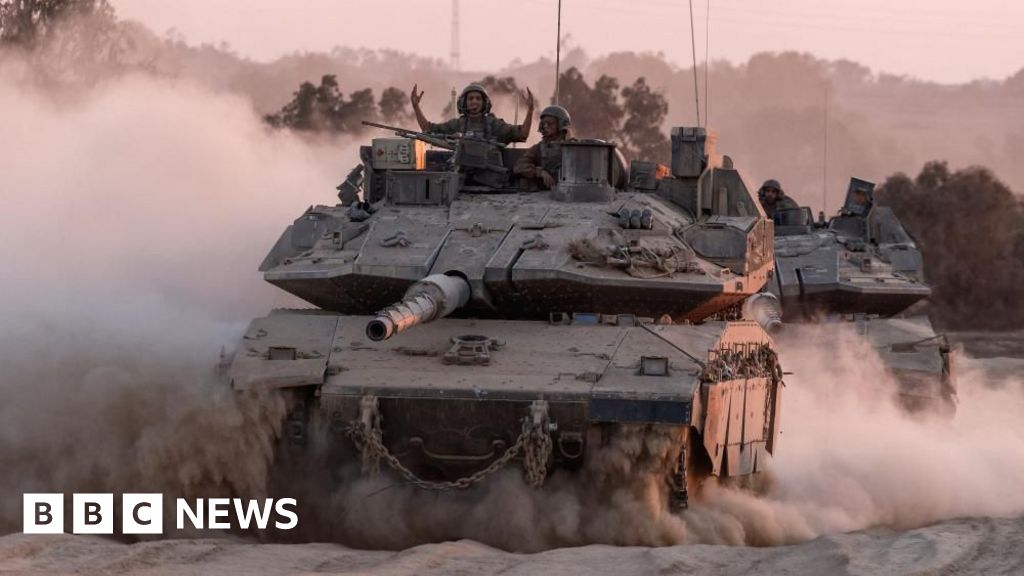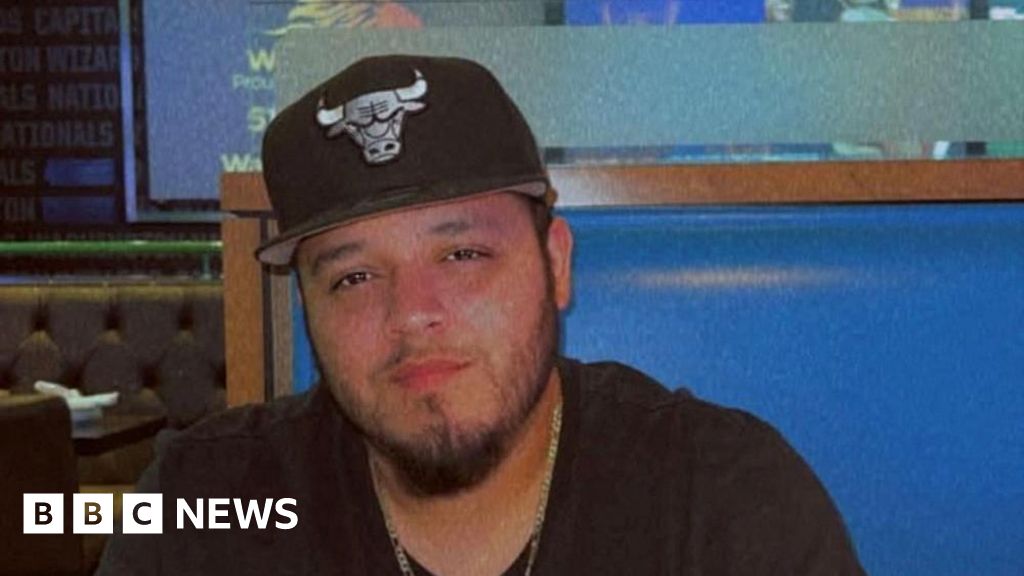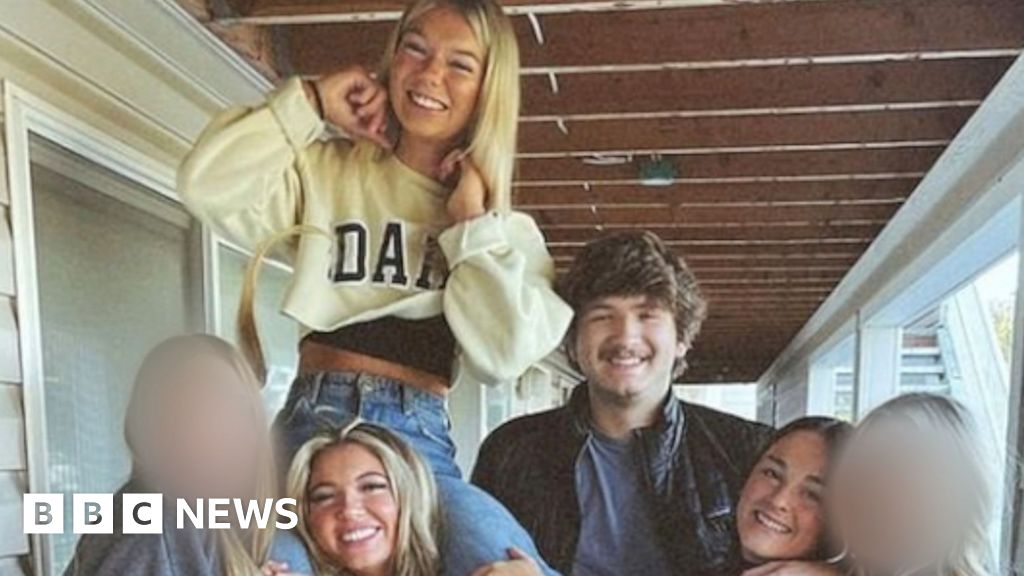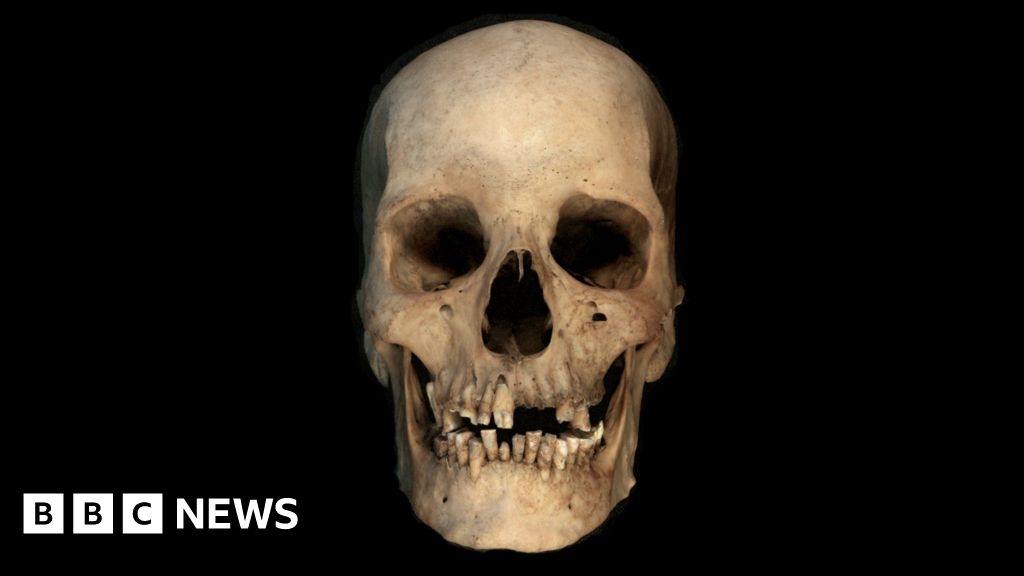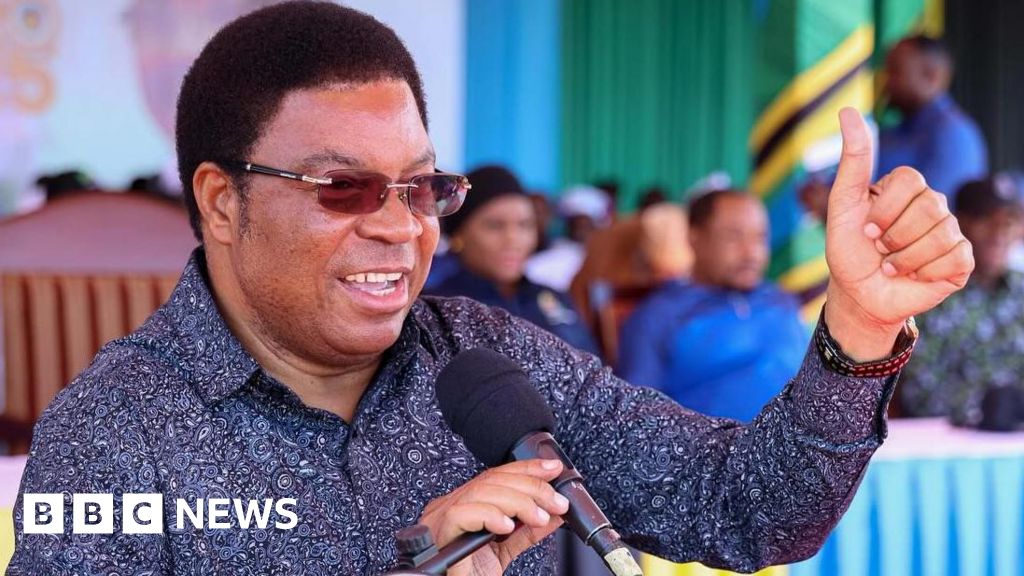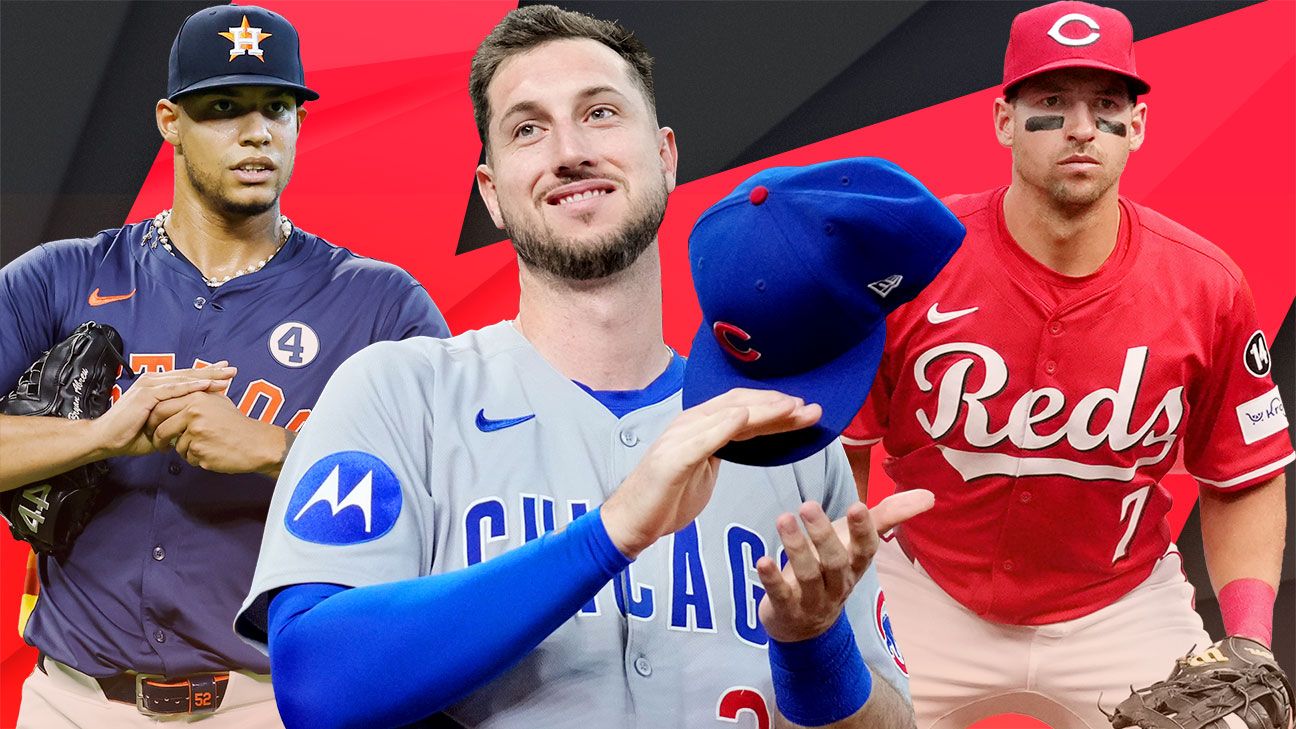Pitching prospect prognostication can be an unpredictable endeavor.
The past week alone brought us quite the contrast in rookie pitching efforts. On one hand, Jacob Misiorowski tossed five shutout innings of eight-strikeout baseball last Wednesday for a 21-point fantasy score that was even better than his number in either of his first two brilliant career starts.
On the other, Chase Burns, one of only five pitchers to be selected with either of the top two picks of any of the past 10 amateur drafts and arguably his position’s top prospect at the time of his June 24 big league debut, surrendered seven runs, five hits and two walks while recording only one out in his second career turn on Monday.
Misiorowski makes his fourth career start Wednesday on the road against the New York Mets, with his fantasy managers brimming with optimism regarding his prospects for that outing. Burns, meanwhile, faces a tough Sunday road assignment versus the Philadelphia Phillies, his managers perhaps as fearful as they’ll ever be that he’s not up to task of succeeding at this level.
So go the trials of the rookie major league pitcher, and this level of volatility is why I urge fantasy managers to closely examine prospects’ skill sets and amateur/minor league statistics, make definitive calls on the ones they like, and, most importantly, never sweat it over failed predictions. That last point is paramount, as even I can attest that evaluating rookie pitchers isn’t always going to go smoothly, as I’ve long been all-in on Burns but more lukewarm on Misiorowski, feeling that the latter’s stuff and ceiling seemed more fit for short relief.
As is, neither Burns’ nor Misiorowski’s 2025, let alone career, scripts has yet been written, and it’s possible that, three weeks from now, we’ll feel entirely the opposite about each of them as we do today.
Patterns among top prospects
Burns and Misiorowski were both top-10 pitching prospects at the time of their debuts, and there are three more who might mark their debuts before 2025 closes: Bubba Chandler of the Pittsburgh Pirates, Andrew Painter of the Phillies, and Noah Schultz of the Chicago White Sox. These are pitchers who warrant more patience during their rough patches — and intrigue on the trade and/or pickup fronts — than the average young pitcher, but the question is to what degree?
History can serve somewhat as a guide, and it struck me, as these two flamethrowing right-handers began to write their big-league stories, that a refresh of my past pitcher learning-curve analysis would be timely. After all, pitcher workloads are far tighter now than they were pre-pandemic. What effect might that have had on the average rookie, who at the last time I examined typically had shorter, but higher-ceiling major league debuts, decent productivity through starts Nos. 2-8, a statistical lull shortly thereafter, then seemed to hit their groove around start No. 35?
Pulling a sample similar in talent to Burns and Misiorowski, 46 pitchers have at one point since the beginning of the COVID-shortened 2020 campaign garnered top-10 pitching prospect status in Kiley McDaniels’ preseason or midseason rankings and made at least one major league start.
Four have since been converted to relievers: Reid Detmers, Michael Kopech, Nate Pearson and A.J. Puk.
Eleven succumbed to Tommy John surgery at some point following their first big-league starts, a group that includes Dustin May, Casey Mize and Eury Perez. Another, Jared Jones, had a UCL repair with InternalBrace.
As an additional yet relevant aside, three prospects earned top-10 pitcher rankings by McDaniel between 2020-22, or at least three years ago, yet haven’t yet reached the majors due to major surgeries of their own: Daniel Espino, who has had two shoulder surgeries, and Painter and Ricky Tiedemann, who have also had Tommy John surgery. Sixto Sanchez reached the majors, but he had had multiple shoulder surgeries as well.
I note their injury struggles so as to demonstrate the heightened level of injury risk with top pitching prospects, as this means that 16 of the 49 examined have had some sort of major surgery since reaching their prospect ranking apex. And that doesn’t account for the several more among the group who had long-term injuries that didn’t demand surgery, a group that includes Matt Manning, Grayson Rodriguez and Roki Sasaki.
What does history say?
Performance-wise, my past findings that elite pitching prospects experience a heightened level of strikeout success in their big-league debuts, and sometimes also in starts No. 2 and 3, remains true. The 46 combined for a 25.6% K rate in their debuts but only 23.4% thereafter. They also averaged 8.9 fantasy points in those outings, but only 7.9 in starts two through 10.
The group, however, averaged only 78.4 pitches per start, which is almost spot-on to the average that any rookie pitcher, regardless of prospect ranking, has in 2025 alone (78.3). That’s a significant drop from the rookie pitcher workloads of the past, as freshman starters averaged 81.5 pitches in 2019, the final pre-pandemic year, and 15 years ago, in 2010, they averaged 92.0. It’s a level of decrease that absolutely should temper fantasy baseball enthusiasm for debuts, at least relative to in the past (think of the days of Mark Prior types).
It has generally taken about 15 major league starts before this elite prospect group has appeared to gain its full footing at the game’s highest competitive level: The group averaged nearly a full fantasy point more per start from career start 16 forward (9.4) than in the first 15 (8.5). The group only routinely averaged 85-plus pitches per outing beyond that 15th start as well, a signal that, in addition to these youngsters escaping their major league adjustment period only after that point, that their teams begin to feel more comfortable stretching them out only after that stage.
That’s encouraging news for Burns’ managers, who can hope that the promising right-hander has much better things ahead of him, especially accounting for the fact that prospect evaluators almost universally regarded him more talented than the majority of the 49 pitchers studied. Burns’ rest-of-season obstacle to fantasy greatness might tie more to the Cincinnati Reds’ competitiveness and the team’s full-season workload concerns for him (he threw 100 innings in college in 2024, and he has 66 in the pros so far this year) than to the typical prospect learning curve.
Season outlook
It’s also concerning news for Misiorowski’s managers, who probably must endure what will be an adjustment-period lull in his near future. While it’s possible that he’ll be the rare prospect whose stuff is so good that this stretch is scarcely noticeable in his statistics — Paul Skenes is our best recent such example — past history and the worry that pitchers who throw as hard as he does (Misiorowski’s fastball has averaged 99.6 mph) can eventually face arm issues raise the question about his short-to-mid-range term fantasy prospects.
Given the choice, I’m taking all of MacKenzie Gore, George Kirby and Jesus Luzardo, all of them starting pitchers with similar ESPN roster rates and perceived trade value, over Misiorowski for the remainder of 2025. Even Ryan Pepiot would be comparable.
Burns’ true rest-of-year value might be closer to the Pepiot/Clarke Schmidt/Shane Baz range, though that still might make him a relative trade bargain after his rough Monday outing. Count me in the camp that believes he might’ve been tipping pitches in that game, which was a bizarre one considering his intriguing repertoire.
Any of Chandler, Painter or Schultz could also approach these valuation tiers once they arrive in the bigs. That said, the following rates among the top prospect group of 50 reflects why it’s generally wiser to trust more proven arms: 33% had major surgeries within four years of their prospect ranking apex; only 16% have enjoyed a top-25 fantasy point total at the position (including 2025 to date, with Hunter Brown, Kirby and Skenes each having two such campaigns but counted once each in the percentage).
Those are risky rates, and it’s why I stress, again, to make your clear calls on each prospect, then let it ride, whatever your decision. Additionally, always be open to swapping said pitcher, if the price is right.
Source link

